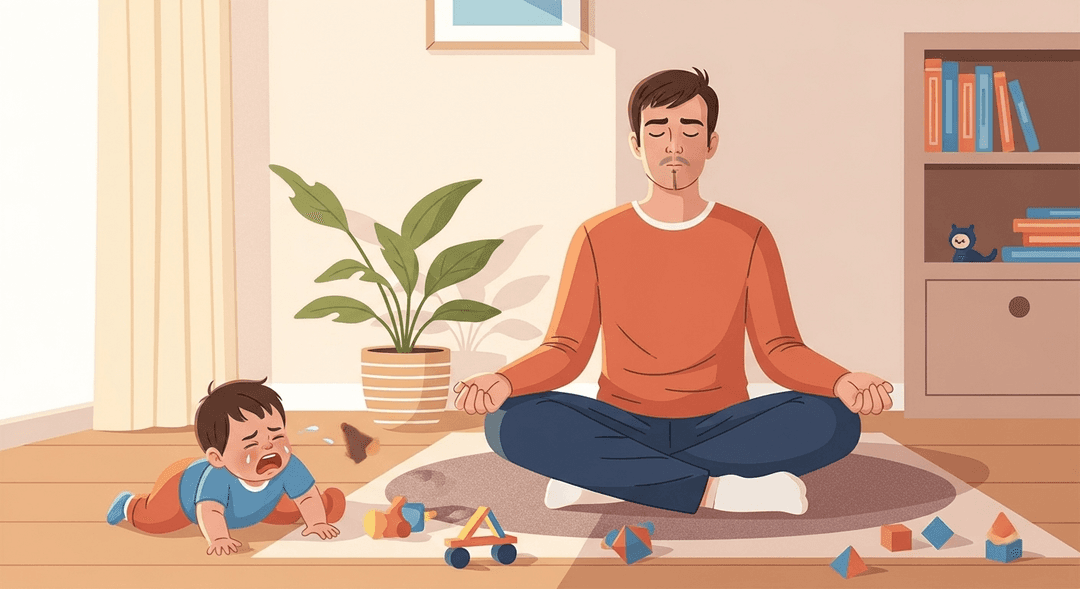Respond Thoughtfully Rather Than Reacting Impulsively to Challenging Behaviors
Ever feel like your kid’s meltdown is a secret audition for a disaster movie—and you’re the only one who forgot your script? Welcome to the club. If you’ve ever wanted to pause, channel your inner Zen master (or at least not turn into a fire-breathing dragon), this is your playbook for surviving the toddler tornado with your dignity—and walls—intact.
Pausing before reacting helps both parent and child’s brains steer clear of the fight-or-flight zone. Thoughtful responses teach kids emotional regulation—basically, how not to lose their marbles every time life says ‘no.’ For parents, it’s a shortcut to less guilt, fewer regrets, and even a little boost in self-esteem. Plus, everyone’s nervous systems get a break (including your neighbor, who really didn’t need to hear that last scream).
How to do it
-
When chaos erupts, pause—literally freeze for three seconds. This brief moment helps you collect yourself before reacting.
-
Take a slow, deep breath. For extra calming power, imagine you’re blowing up a balloon or cooling hot soup as you exhale.
-
Name what’s happening out loud. For example: “I see you’re upset because we can’t have cookies for breakfast.” This validates feelings and shows you understand.
-
Offer a calm choice or redirect. You might say, “We can have cookies after lunch, or you can help me pick out cereal now.” Giving options helps shift focus and empowers your child.
-
If you feel yourself boiling over, tag in your co-parent if possible. If you’re solo, give yourself a quick mental pep talk: “I can do hard things. Also, coffee exists.”
Tips:
- Pausing before reacting can prevent escalation.
- Naming emotions helps children feel seen and understood.
- Choices and redirection keep things positive and solution-focused.
- Self-care (even a quick breath or thought) is important for your own calm.
